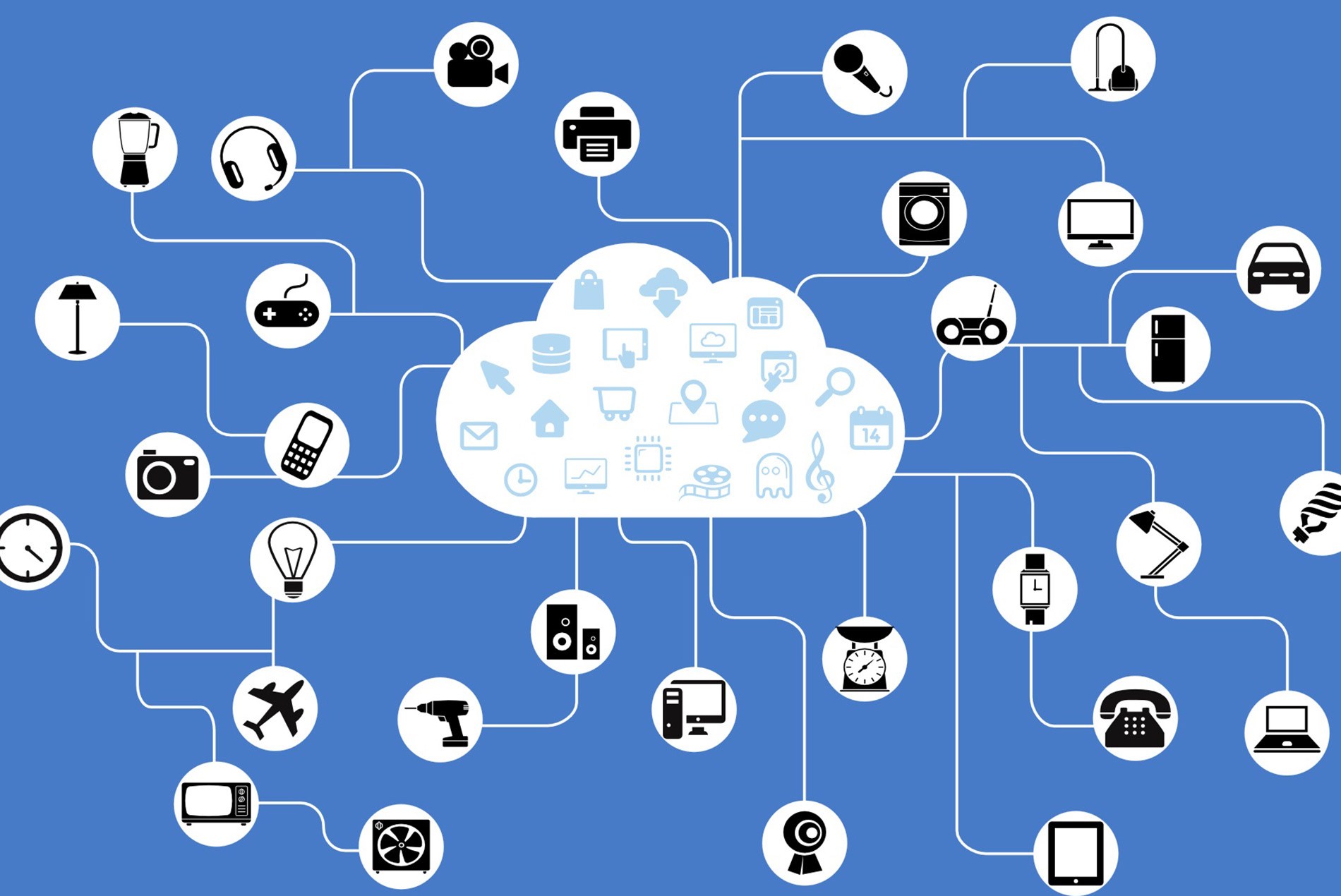Artificial intelligence and ambient technology offer solutions for making workspaces healthier and people more productive, writes HOK’s Kay Sargent.
One side effect of having to shelter in place is you have plenty of time to reflect on the past and ideate about the future. Over the past few years, I have been discussing how artificial intelligence and technology is impacting the human experience. In these presentations, I share an analogy of how the auto industry often has been ahead of the design and construction sectors when it comes to seamlessly integrating technology and autonomous experiences.
Think about it. We have cars that automatically sync with the key fobs in our pockets so that, before we step inside the vehicle, the mirrors and seats are adjusted, the air-conditioning is on, the engine is running and the radio is tuned to our favorite station. Now compare that to the workplace, where many of us are still crawling under our desks every time we need to access a power outlet.
We can do so much more in the workplace to create an autonomous environment and improve the user experience. The reason we haven’t is that, unlike the auto industry, it is not always so easy to distinguish between an “economy” version of a workstation and the “luxury” option. Therefore, we tend to design everything to the “economy” version.
I have also discussed how a trigger event almost always results in a flood of new demands and expectations. The COVID-19 pandemic will impact us in ways none of us can yet fully understand. But one thing is almost certain: People will no longer view the workplace the same way as before.

One aspect that is sure to change is how we approach high-touch areas of the workplace. The desire, if not need, to reduce the number of touch points in our work environments could be the first factor that leads us to truly autonomous, hands-free environments.
In this new scenario, we would leverage the technology already available to create spaces that are responsive to us instead of us having to respond to them. These solutions will no longer be “luxury” solutions—they will be essential requirements of the modern workplace. Why? Because the cost to create hands-free solutions enabled by technology is minimal compared to the price of having to shut down a business due to contamination or illness.
Ambient computing—an ecosystem and a network of technology that responds in real time to what is happening in the business environment—is now laying the foundation for an autonomous workplace. This advancing technology, coupled with our ability to work from anywhere at any time, is creating new opportunities. We have the ability to design spaces that support freedom of movement and enable us to work hands-free. Smart tech can help create a truly intelligent, autonomous workplace designed to meet the specific needs of individuals and create safer, cleaner and healthier space.
We are up for that challenge.
About this series: HOK workplace design leaders are sharing their thoughts and client insights about the state of today’s work environment and how it will adapt to the new coronavirus realities.
- Part 1: This Is No Ordinary Time for Remote Working
- Part 2: What Will Be the COVID-19 Takeaways for the Workplace?
- Part 3: Lessons Learned From Construction Markets First Hit by Coronavirus
- Part 4: COVID-19 and the Case for a Hands-Free Workplace
- Part 5: Design Strategies for Work and Life Following COVID-19
- Part 6: Will Social Distancing Make Way for Workplace Distancing?
